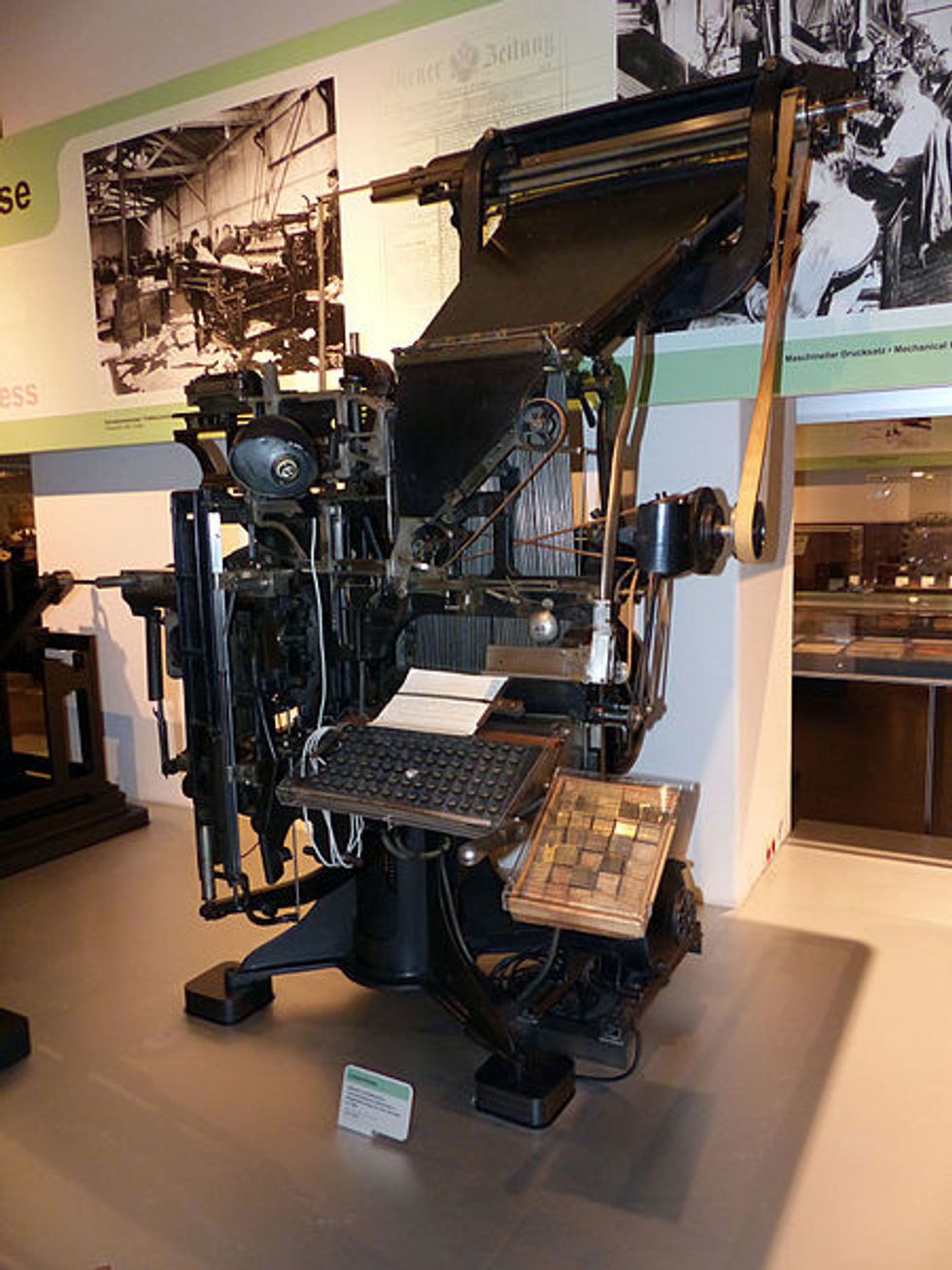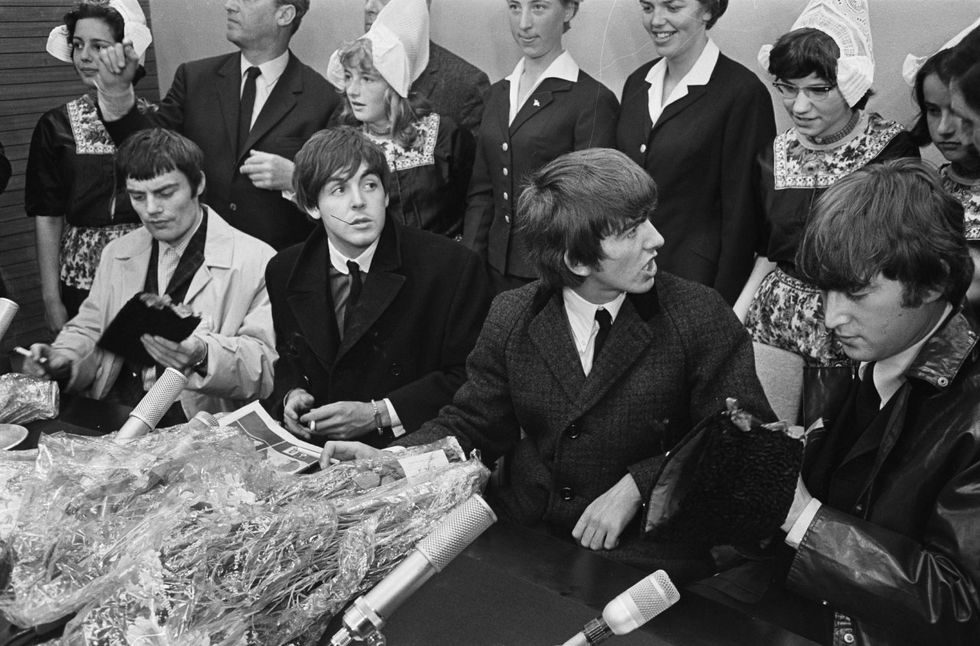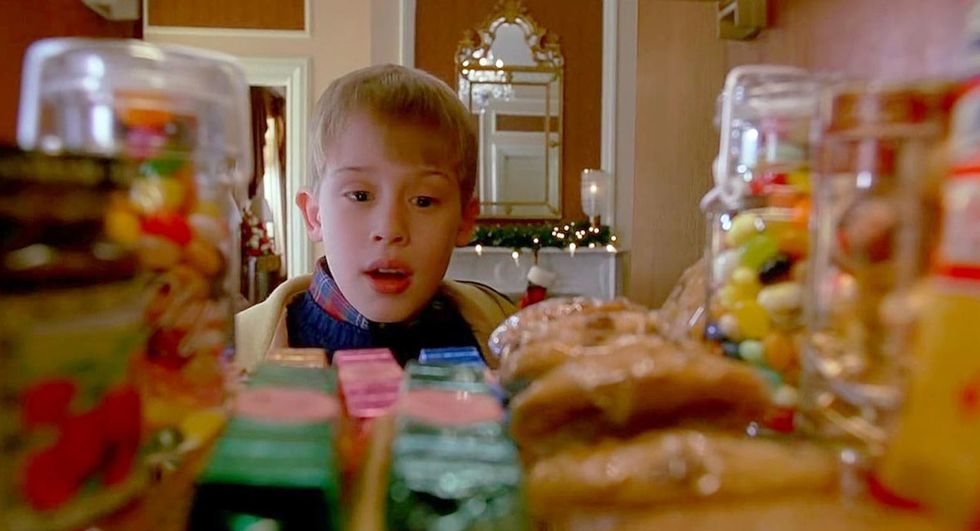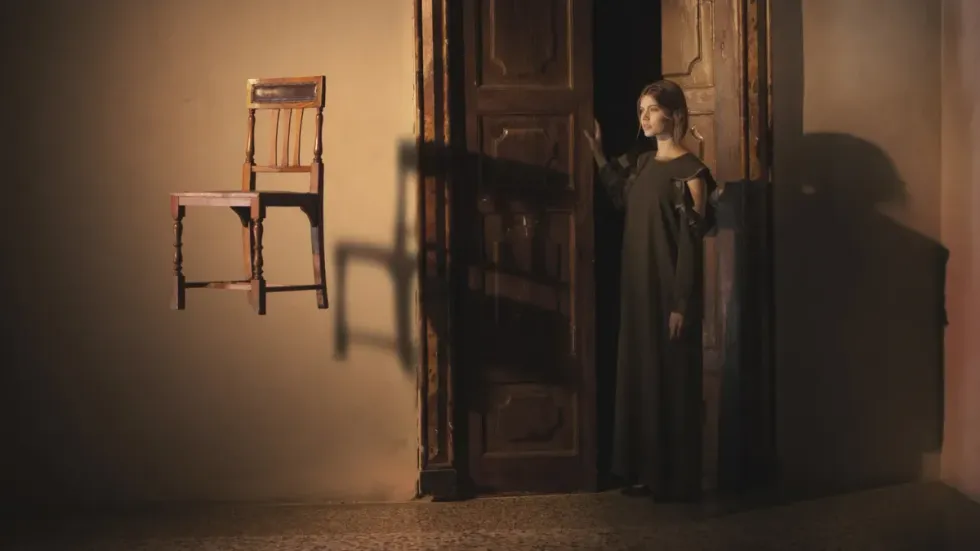What do you think of when you imagine the eighth wonder of the world?
You probably would add a beautiful historical site that attracts many tourists to complement natural beauties like the Roman Colosseum or Machu Picchu. But according to Thomas Edison, the eighth wonder of the world was the linotype machine.
A couple of weeks ago, I didn't even know what the linotype machine was. But when I visited the Baltimore Museum of Industry, I learned that the linotype changed the world, and especially changed the printing industry. Mergenthaler, the inventor of the linotype machine, revolutionized printing. The linotype made printing presses more convenient by setting complete lines of type.
In 1876, the young German machinist was approached by a court reporter who sought a faster way to publish legal briefs. Charles T. Moore had a patent on typewriters for newspapers, but the patent didn't work, and Mergenthaler was instructed with making a better printing machine.
8 years later, Mergenthaler came up with a genius idea: using one machine for both acsting and stamping letters. He constructed a machine that could do both based on brass matrices, an invention that revolutionized printing and made production and access to newspapers and books much more convenient. Despite several flaws, he eventually perfected a "single-matrix" machine named the "Blower".
The New York Tribune would be the first newspaper to use the Blower in its day-to-day operations, and the owner of the newspaper, Whitelaw Reed, actually named the machine. Since the machine put out one line of words and characters at a time, he noticed that the machine put out a "line o' type," hence the name linotype.
The linotype machine quickly became used by prestigious newspapers like The Washington Post. And not only did it produce more newspapers, but it made them longer. "Thus, the Linotype not only accelerated the spread of news but increased the volume of it as well – two changes with a profound effect on American culture," Styliani Tsaniou of Immigrant Entrepeneurshipwrites about the invention.
But Mergenthaler's invention came with much backlash: like we talk about technology replacing many manufacturing jobs now, many stakeholders and unions disputed its uprise. Whitelaw Reid wanted to make his own single-line matrix machine to compete with Mergenthaler. To undercut Mergenthaler, Reid, as his main client and stakeholder, told him to produce machines as quickly as possible and as cheaply as possible. He told Mergenthaler to produce linotype machines more cheaply and to fire his least "useful" men. Printing and typographical unions were also incredibly resistant to the machine and the transition, as it revolutionized the trade and put fears of job loss in the minds of printers.
In 1890, the Brooklyn Standard Union, the main part of the largest printer union in America, Typographical Union, started using the linotype, finally giving way to innovation and transition. In 1891, Mergenthaler's independent company, the Mergenthaler Printing Company, merged with the National Typographic Company in 1891, which led to the Mergenthaler Linotype Company. Four years later in 1895, the Mergenthaler Linotype Company made almost $2 million, the equivalent to $53 million today, firmly cementing its place as likely, the eighth wonder of the world.
When I heard the story of the linotype's invention and integration into the printing industry, I was immediately reminded today of the narrative around the manufacturing industry. We currently have the cultural narrative, especially in the age of Trump promising to bring manufacturing jobs back, that manufacturing jobs are being replaced by automation. And that is a very, very valid concern for industries like manufacturing that we believe are being outsourced to automation.
Trade unions today are having a hard time tackling the issue of automation, and Sarah O'Connor of the Financial Times brilliantly illustrates the insecurity many in trade unions face: driverless cars threatening to take over jobs of professional drivers and bus drivers and robots doing the work of food workers and machine operators.
"But automation could also be a moment of opportunity for unions," O'Connor writes. "After decades of declining membership across the developed world it could be a chance to win new victories for workers and demonstrate the value of unions to the next generation."
Ideally, more automation making our lives easier should also make our jobs easier, allowing for higher wages, less time at work, and more time to spend with families. Some European countries have navigated the growing shift to automation well, including Sweden, which has "job security councils" run by employers and trade unions and "give intensive support and retraining to people as soon as they learn they are to be laid off," according to O'Conner. OECD data seems to support that 90% of displaced workers in Sweden are employed within a year.
As a result, Nordic countries like Sweden have a positive outlook on automation, having a "bring it on" mindset, showing perhaps there's a benefit to rapid change as much as there is a threat. The printing unions, including the International Typographical Union, in the United States ended up embracing the Mergenthaler Linotype from 1890 until well into the 1970s, and the linotype machine allowed the unions to flourish as much as it did harm them.
Of course, with the invention of computers as typesetting machines and laser and inkjet printers, printing has largely moved on to the desk, and the unions struggled to adapt to the new technologies in the 1970s. So while the distrust of new innovation and especially automation in this day and age is valid, moving past those suspicions and distrust is essential, too, for the well-being of jobs and workers all across the world.
And this has implications for our individual lives, too. We get older. Our interests shift. We change and grow out of relationships, passions, and jobs and move on to other ones. Embracing the new guard to come, whether that is a new city, new job, or new relationship is a process that happens as we adapt more and more to an ever-changing world. And let's not forget that it took the printing unions several years to embrace the linotype into their trade, as it took Mergenthaler several years to perfect it. As such, it means that there are events that are for the better that we have to accept gradually in our hearts, whether it is the child who has a calling completely different from what we wanted them to be or the acceptance of criticism that offends us.
Few examples are that clear cut, and almost all in our daily lives are ambiguous. But although we struggle to move on to what's worked for us for so long, what's been home, Mergenthaler's Linotype teaches us that we have to embrace the change eventually, even if it takes some time to fight it before moving on.





 Going to the cinema alone is good for your mental health, says science
Going to the cinema alone is good for your mental health, says science












 women in street dancing
Photo by
women in street dancing
Photo by  man and woman standing in front of louver door
Photo by
man and woman standing in front of louver door
Photo by  man in black t-shirt holding coca cola bottle
Photo by
man in black t-shirt holding coca cola bottle
Photo by  red and white coca cola signage
Photo by
red and white coca cola signage
Photo by  man holding luggage photo
Photo by
man holding luggage photo
Photo by  topless boy in blue denim jeans riding red bicycle during daytime
Photo by
topless boy in blue denim jeans riding red bicycle during daytime
Photo by  trust spelled with wooden letter blocks on a table
Photo by
trust spelled with wooden letter blocks on a table
Photo by  Everyone is Welcome signage
Photo by
Everyone is Welcome signage
Photo by  man with cap and background with red and pink wall l
Photo by
man with cap and background with red and pink wall l
Photo by  difficult roads lead to beautiful destinations desk decor
Photo by
difficult roads lead to beautiful destinations desk decor
Photo by  photography of woman pointing her finger near an man
Photo by
photography of woman pointing her finger near an man
Photo by  closeup photography of woman smiling
Photo by
closeup photography of woman smiling
Photo by  a man doing a trick on a skateboard
Photo by
a man doing a trick on a skateboard
Photo by  two men
two men  running man on bridge
Photo by
running man on bridge
Photo by  orange white and black bag
Photo by
orange white and black bag
Photo by  girl sitting on gray rocks
Photo by
girl sitting on gray rocks
Photo by  assorted-color painted wall with painting materials
Photo by
assorted-color painted wall with painting materials
Photo by  three women sitting on brown wooden bench
Photo by
three women sitting on brown wooden bench
Photo by 
 Photo by
Photo by  Photo by
Photo by  Photo by
Photo by  Photo by
Photo by 


 people sitting on chair in front of computer
people sitting on chair in front of computer











